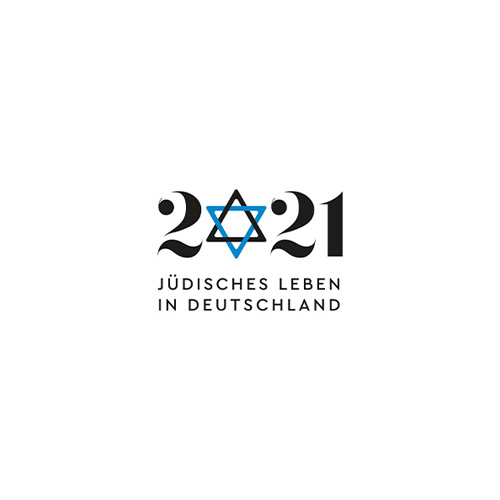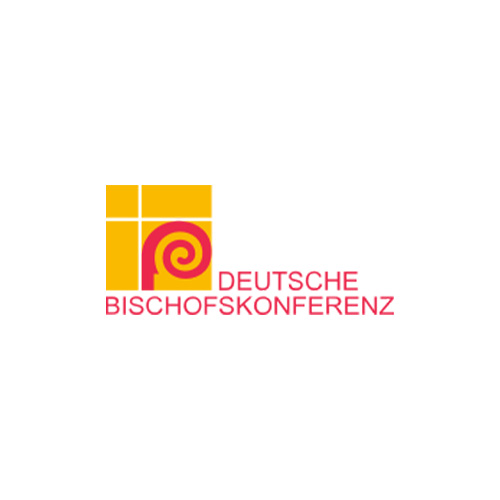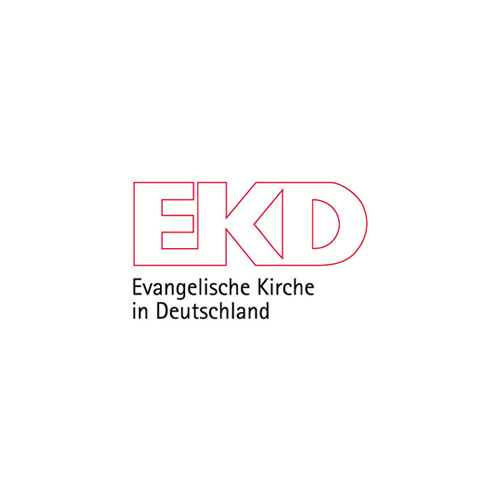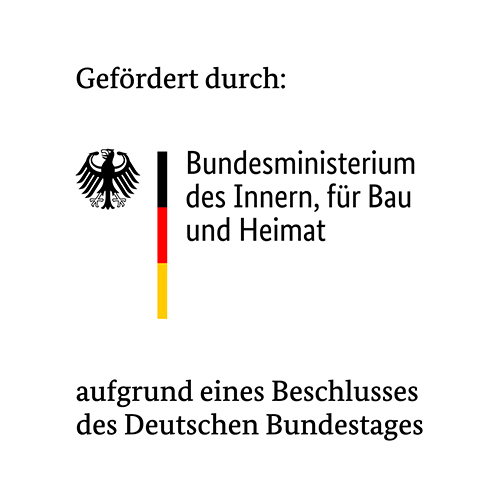Remembering for the Future: Zachor & 9 November
A Jewish voice
Short version
Burning synagogues, destroyed institutions, murders and mass arrests – the Reichspogromnacht of November 9, 1938, was a turning point in German and European Jewish history. In the culture of remembrance of Jewish communities in Germany, the date is central. Shared history is identity-forming, but what self-image can be derived from the persecution and annihilation suffered? And how does one commemorate the Shoah, the monstrous crime cold-heartedly committed by human beings that surpasses human understanding?
Zachor, remembering and commemorating, is at the core of Judaism and is expressed in characteristic liturgical practices. Lamentations and prayers such as Kaddish and El Male Rachamim are centuries-old expressions of mourning, remembrance and hope that continue to be used without thereby attributing a religious interpretation to the Shoah. In addition, Jewish commemorative culture today incorporates a variety of other forms, such as eyewitness accounts, works of art, and name readings. Different biographical approaches also have an impact on the shaping of remembrance: survivors commemorate differently than their grandchildren’s generation, Jews who immigrated from the former Soviet Union bring different narratives yet again. All are united in carrying on the „Zachor!“ and keeping it alive.
Long version
Text is coming
#Jewish & Christian – Closer than you think?!





